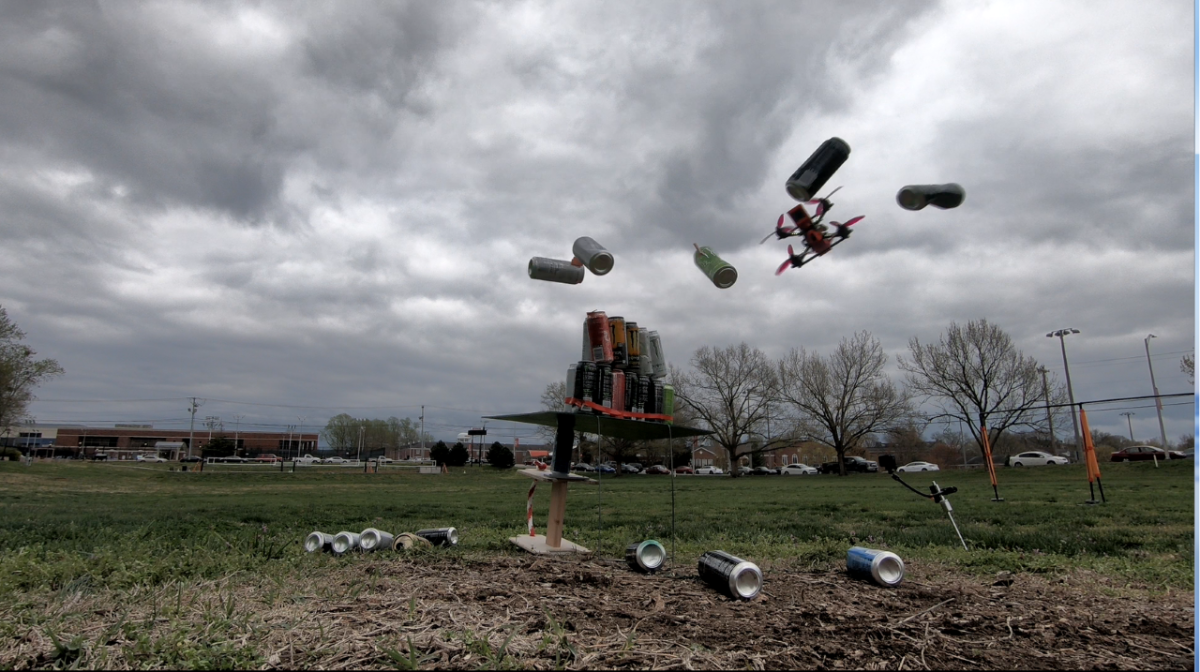“It’s not as good as the original” is a phrase that gets thrown out way too often. You’d think we would have learned by now that, seemingly, 9 times out of 10 remakes just don’t work.
The newest versions of Poltergiest was met with lukewarm reviews, Clash of the Titans was forgotten as soon as it came out and while Charlie and the Chocolate Factory may have been a hit at the time, the older one is the one we remember.
This also tends to get a groan out of people, with “There was nothing wrong with the first one!” being repeated every time a new trailer comes out. So, why do we keep seeing remakes being done? Is there really an audience for these films, or is there something more to it?
A big reason these remakes keep getting put into theatres is, despite all evidence otherwise, there is an audience for remakes. As much as we like to groan how “that the old version didn’t need fixing,” remake movies play to our nostalgia. Nothing is more powerful than the appeal of nostalgia, and even if you want to groan about it, a part of you really wants to see The Bad News Bears back on screen again.
Movie producers know this, which is why there is a prevalence of remakes in the past 5 or so years. The generation that first really got into television, children of the 60’s and 70’s, are growing up now, and the thought of something you loved as a kid being in theatres means they’ll be able to do it bigger and better, right?
The argument I hear most often is that, by remaking childhood favorites, you’re making the movie seem as impressive and “larger-than-life” as you thought it was when you were a kid. One might feel that the new portrayal is how the story was always meant to be made, but limitations at the time of the original release prevented a larger scope of it. While it is true that technology has changed, making something nostalgic with better cinematography and CGI out the wazoo isn’t a substitute for good writing and acting.
In the end, is making Mr. Peabody and Sherman 3D really enhancing your experience? Is that really how you “saw” Mr. Peabody and Sherman when you were a kid? No, of course not; you saw them for what they were, and that’s how you learned to love them.
The other arguments for remakes is that now we can make things bigger and better than they were before. This argument isn’t anything new. One of the first movie remakes ever was Cecil B. DeMille’s The Ten Commandments, first made in 1923 then remade in 1956. The story is basically the same (after all, it’s a Bible story,) so why is the 1956 remake more popular and, more importantly, why did DeMille want to remake it in the first place?
Obviously, in 30 years’ time, movie technology had come a long way. The 1956 version was able to be in color, and wasn’t silent. However, the technical limitations of the first film forced everything to be smaller in scale, while in 1956 we started to get more special effects. This meant sets could be larger, crowds could be bigger, and Moses could realistically part the Red Sea in a dazzling display of film ingeunity.
DeMille wanted to remake The Ten Commandments because he was adding something new to his movie. It wasn’t just a shot-by-shot remake, there was a shift in soul and a whole new breath of life to the film.
This is where I support remakes. If the director has a new way to tell the story in a way it has never been done before, remakes are exciting. While not an amazing movie by any means, the 2010 film The Last Exorcism is a great example of this. It’s based on the classic 1973 horror film The Exorcist, but the 2010 version isn’t just The Exorcist with CGI instead of make up. It’s set in the same sort of aesthetic world as The Exorcist, and puts a new spin on the concept. The movie is still about an exorcism, but it’s a fresh new idea. The CGI technology was used to create a world and tell a different story that still had the same feeling as The Exorcist.
Remake movies that don’t try to change anything are just boring. You’re seeing the same movie only with shiny new graphics and 3D effects meant to dazzle you into thinking it’s better than it is.
Other movies have also done this. The Karate Kid has been made in both 1984 and 2010, and while both have the same core concept, the 2010 version is set in a whole new location, changes the characterization of both main characters and adds a lot of new fresh ideas. Do all of them work? Maybe not, but it’s something new that retained the spirit of the original 1984 Karate Kid. It was way more creative than just making the same movie again for a new audience, and in this way carries on the legacy of the original movie better than a shot-by-shot remake ever could.
While it may seem like a way to honor old franchises, a horrible remake does nothing to promote an old series and just cashes in on nostalgia. Remaking another director’s vision isn’t paying them homage, it’s giving you a fill-in-the-blank book that you then pass off as your own novel.
If the director has something new and creative to offer, remakes can be a great way to revitalize a dead series. However, more often than not, we’re treated to the same bland CGI schlock summer after summer.







